calf stretches pdf
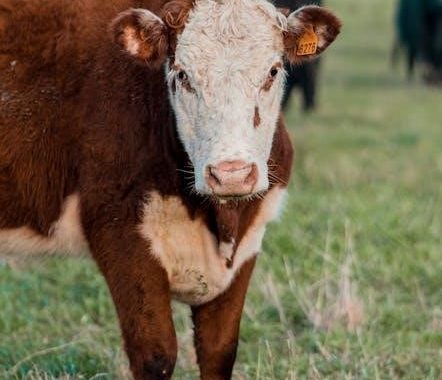
calf stretches pdf
Calf stretches are essential for improving flexibility and reducing muscle tightness. They are simple exercises that target the lower leg muscles, benefiting both athletes and individuals seeking improved mobility. Regular calf stretching enhances athletic performance and reduces injury risk, making it a vital part of any fitness routine;
1.1 What Are Calf Stretches?
Calf stretches are exercises designed to target the muscles in the lower leg, primarily the gastrocnemius and soleus. These stretches improve flexibility, reduce muscle tightness, and enhance mobility. They involve extending the ankle or knee to lengthen the calf muscles, often holding the position for a period. Calf stretches can be performed in various forms, such as standing, seated, or dynamic movements, and are beneficial for both athletes and individuals with sedentary lifestyles. Regular stretching helps prevent injuries, alleviates soreness, and supports overall lower leg health. Simple and effective, calf stretches are a cornerstone of many fitness and rehabilitation routines, promoting better movement and comfort.
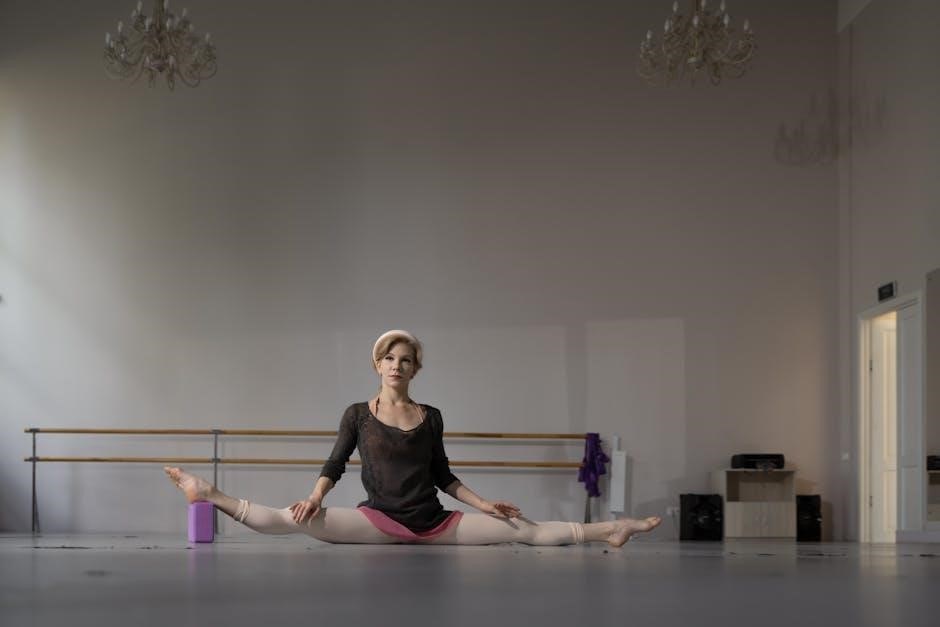
1.2 Importance of Calf Stretches
Calf stretches are essential for maintaining healthy lower leg function and preventing injuries. Tight calf muscles can lead to poor posture, limited mobility, and increased risk of strains or pulls. Regular stretching improves circulation, reduces muscle tension, and enhances overall flexibility. It also supports athletic performance by optimizing power and speed. Additionally, calf stretches alleviate muscle soreness after intense workouts and promote faster recovery. For individuals with active lifestyles, such as runners or cyclists, incorporating calf stretches can significantly reduce the likelihood of injuries. By prioritizing calf stretches, individuals can ensure better mobility, comfort, and long-term lower leg health, making them a vital component of any fitness or wellness routine.
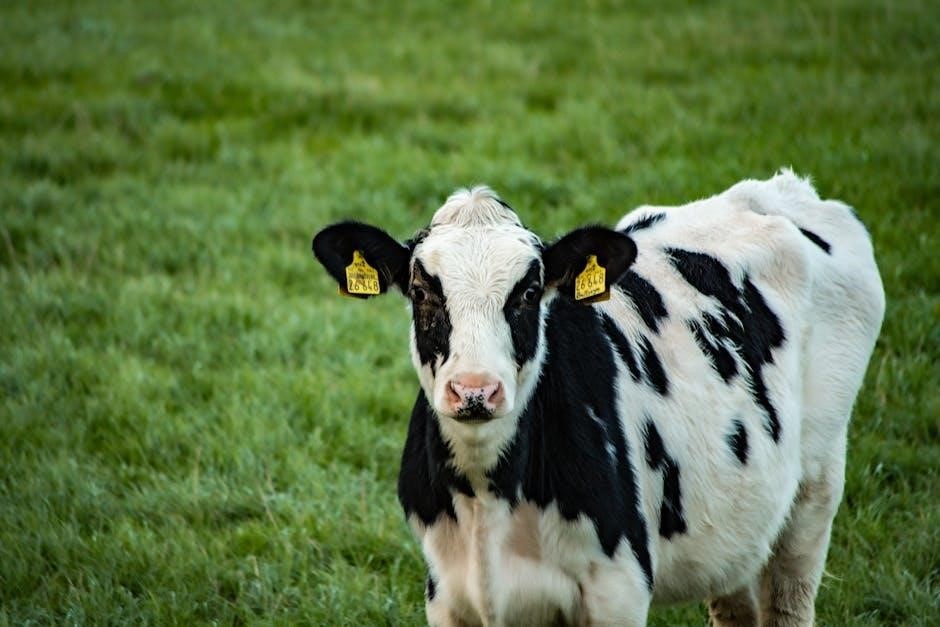
Anatomy of the Calf Muscles
The calf comprises the gastrocnemius and soleus muscles, which work together to enable plantarflexion. The Achilles tendon connects these muscles to the heel bone, facilitating movement and stability.
2.1 Structure of the Calf
The calf region is primarily composed of two major muscle groups: the gastrocnemius and the soleus. The gastrocnemius is the larger, more superficial muscle, originating from the medial and lateral condyles of the femur. It is a two-joint muscle, affecting both the knee and ankle. The soleus, located deeper beneath the gastrocnemius, originates from the tibia and fibula. Together, these muscles merge to form the Achilles tendon, which attaches to the calcaneus (heel bone). The calf also includes connective tissue, such as fascia, and smaller muscle fibers that contribute to its overall function. This anatomical structure enables the calf to play a crucial role in movements like walking, running, and jumping, while also providing stability to the lower leg.
2.2 Key Muscles Involved
The primary muscles involved in calf stretches are the gastrocnemius and soleus. The gastrocnemius is the most prominent muscle in the calf, responsible for ankle flexion and knee bending. It is a two-joint muscle, meaning it crosses both the knee and ankle joints. The soleus, located beneath the gastrocnemius, primarily facilitates ankle plantarflexion and plays a key role in posture and balance. Together, these muscles work to stabilize the lower leg and enable movements like walking, running, and jumping. Stretching these muscles improves flexibility and reduces tightness, which is essential for athletic performance and daily activities. Understanding their roles helps in targeting them effectively during stretching exercises.
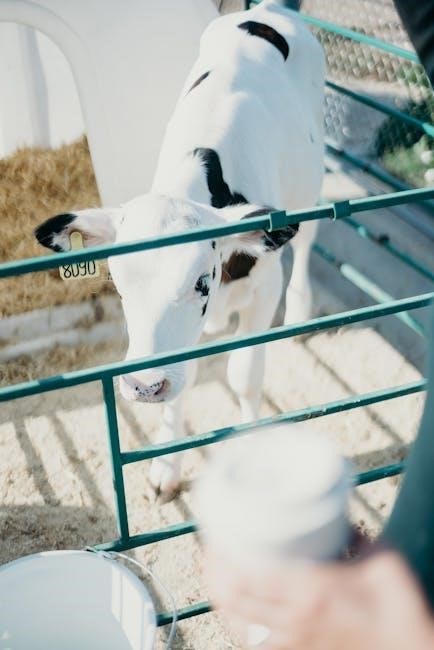
Benefits of Calf Stretching
Calf stretching enhances flexibility, reduces muscle tension, improves circulation, boosts athletic performance, and prevents injuries. Regular stretching promotes overall lower leg health and mobility.
3.1 Improving Flexibility
Improving flexibility is one of the primary benefits of calf stretching. Tight calf muscles can limit range of motion and hinder daily activities. Regular stretching increases muscle length and reduces stiffness, making movements like walking, running, and climbing stairs more comfortable. Calf stretches target the gastrocnemius and soleus muscles, key for ankle mobility. Over time, consistent stretching enhances flexibility, allowing for better performance in sports and reducing the risk of strain. Incorporating both static and dynamic stretches ensures comprehensive improvement. For optimal results, stretches should be held for 20-30 seconds and performed 2-3 times weekly. Improved flexibility also supports posture and overall lower limb function.
3.2 Reducing Muscle Soreness
Reducing muscle soreness is another significant advantage of calf stretching. Tight or overworked calf muscles often lead to discomfort, especially after intense physical activity. Stretching helps alleviate muscle tension and promotes blood flow, which accelerates the removal of lactic acid and other metabolic byproducts that contribute to soreness. Regular calf stretches can also prevent delayed onset muscle soreness (DOMS), a common issue after strenuous workouts. By incorporating both static and dynamic stretches, individuals can effectively target the calf muscles, reducing stiffness and promoting faster recovery. This makes calf stretching an essential practice for athletes and individuals with active lifestyles seeking to minimize post-exercise discomfort and maintain muscle health.
3.3 Enhancing Athletic Performance
Enhancing athletic performance is a key benefit of calf stretches, as they improve flexibility, strength, and muscle coordination. Tight calf muscles can limit range of motion, reducing power and speed during activities like sprinting, jumping, or cycling. Regular stretching increases muscle elasticity, allowing for more efficient contractions and relaxations, which is crucial for explosive movements. Additionally, calf stretches enhance circulation, delivering more oxygen and nutrients to the muscles, which boosts endurance and reduces fatigue. By incorporating calf stretches into training, athletes can optimize their performance, recover faster, and maintain peak physical condition. This makes calf stretches a vital component of any athletic training regimen, particularly for sports requiring rapid acceleration and agility.
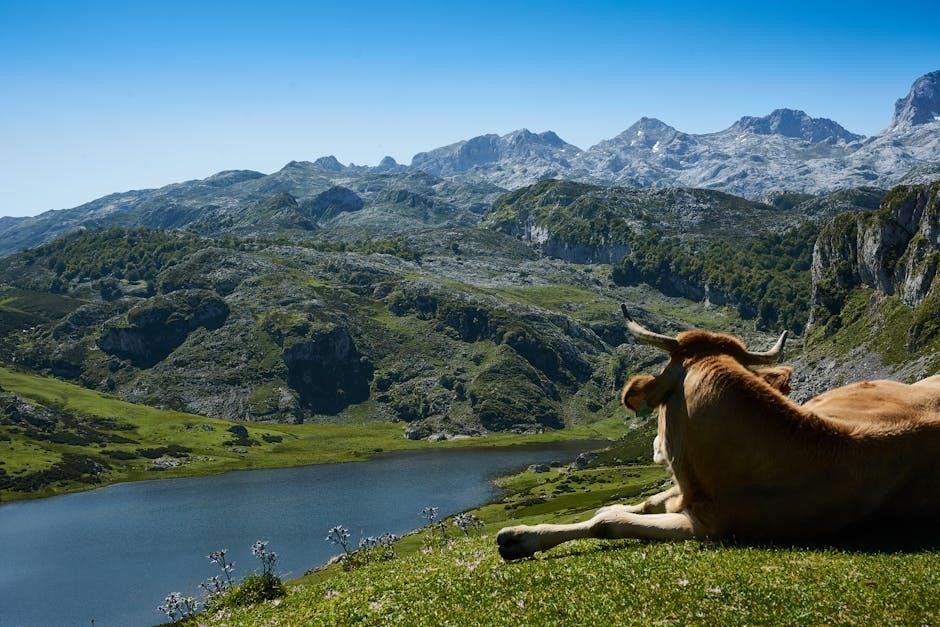
Types of Calf Stretches

Calf stretches vary to target different muscle groups and suit individual preferences. Common types include standing, seated, dynamic, and equipment-assisted stretches, each offering unique benefits for flexibility and strength.
4.1 Standing Calf Stretch
The standing calf stretch is a simple yet effective exercise for improving calf flexibility. To perform it, stand facing a wall with one hand on the wall for balance. Step one foot back about a foot, keeping your heel on the ground and your knee straight. Slowly bend the front knee, leaning forward until you feel a stretch in your calf. Hold for 15-30 seconds, then switch legs. This stretch is ideal for targeting the gastrocnemius muscle and can be done anywhere without equipment. It’s particularly beneficial for runners and cyclists to reduce muscle tension and enhance mobility.
4.2 Seated Calf Stretch
The seated calf stretch is another popular and effective way to target the calf muscles. Sit on the floor with your legs extended straight out in front of you. Loop a towel or resistance band around the ball of one foot and gently pull back, keeping your knee straight, until you feel a stretch in your calf. Hold for 15-30 seconds, then switch legs. This stretch is excellent for targeting both the gastrocnemius and soleus muscles. It’s a gentle and accessible option for people of all fitness levels, making it a great addition to any stretching routine, especially for those who prefer seated exercises.
4.3 Dynamic Calf Stretch

A dynamic calf stretch involves active movement to warm up and stretch the calf muscles. Stand facing a wall with one hand on it for balance. Bend your knee slightly and lift your heel off the ground, raising your calf muscle. Hold for a few seconds, then lower. Repeat this motion 10-15 times on each leg. This stretch improves blood flow, reduces stiffness, and prepares the calves for physical activity. Unlike static stretches, dynamic stretches involve continuous movement, making them ideal as a pre-workout routine. They enhance flexibility and range of motion while minimizing the risk of injury during exercise or sports.
4.4 Using Equipment for Calf Stretches
Using equipment like resistance bands, foam rollers, or calf stretchers can enhance the effectiveness of calf stretches. Resistance bands provide gentle to moderate tension, allowing for controlled stretching. Foam rollers can be used to release muscle tension and improve circulation. Calf stretchers, specifically designed for this purpose, enable deep stretching of the gastrocnemius and soleus muscles. These tools can be particularly useful for individuals with limited flexibility or those recovering from injuries. Incorporating equipment into your calf stretching routine can help target specific areas more precisely and maximize the benefits of the stretches. They also offer versatility for different fitness levels and goals.
Creating a Calf Stretching Routine
A well-structured calf stretching routine involves setting clear goals, defining frequency, and incorporating variations. Start with 2-3 sessions weekly, holding stretches for 20-30 seconds. Consistency is key for optimal results.
5.1 Frequency and Duration
Consistency is crucial when developing an effective calf stretching routine. Aim to stretch 2-3 times per week, with each session lasting 10-15 minutes. Hold each stretch for 20-30 seconds to allow the muscle fibers to relax and lengthen. For dynamic stretches, perform 8-12 repetitions per leg. Gradually increase the duration as flexibility improves. Warm-up stretches can be shorter (10-15 seconds), while post-workout stretches should be held longer for recovery. Avoid overstretching, as this can lead to discomfort or injury. Tailor the frequency and duration based on your activity level and goals, ensuring a balanced approach to maintain progress without overexertion.
5.2 Incorporating Different Techniques
Incorporating a variety of stretching techniques enhances the effectiveness of your calf stretching routine. Combine static stretches, such as standing and seated calf stretches, with dynamic movements like ankle circles and calf raises. Isometric stretches, where you hold a contraction, can also strengthen and lengthen the muscles. Foam rolling or using a massage ball can improve circulation and reduce muscle tension. Resistance bands or straps add depth to stretches, while yoga-inspired poses, like downward dog, target multiple muscle groups. Balancing these methods ensures a comprehensive approach, preventing plateaus and optimizing flexibility. Varying techniques keeps routines engaging and tailored to individual needs or goals.
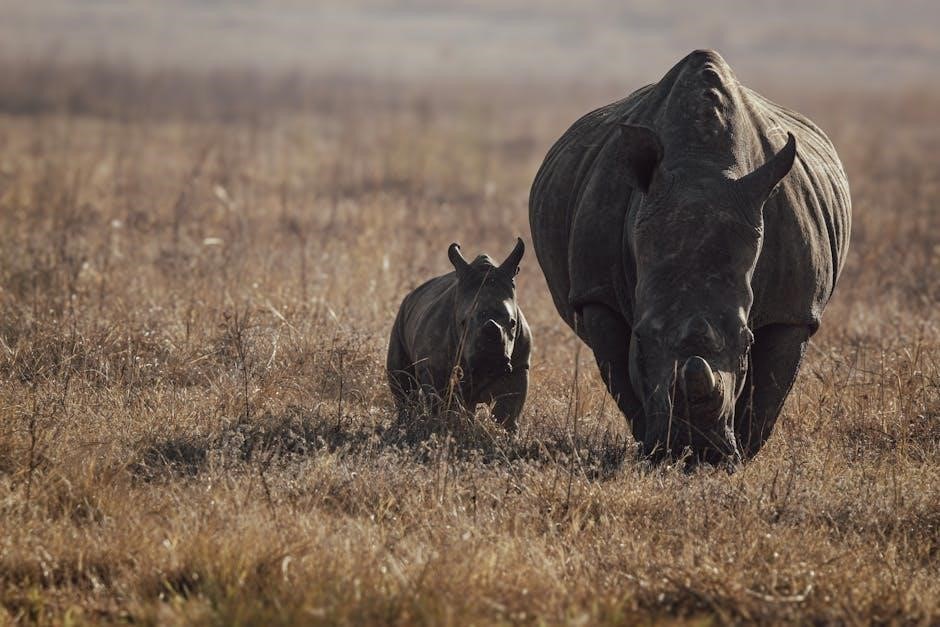
Targeting Specific Calf Muscles
Targeting specific calf muscles with tailored stretches enhances flexibility, prevents injuries, and boosts performance. A focused approach ensures comprehensive muscle engagement and overall lower leg health.
6.1 Stretching the Gastrocnemius
The gastrocnemius, the outer calf muscle, plays a key role in ankle movement and leg strength. Stretching it improves flexibility and reduces tightness. To target it, stand facing a wall with one hand on the wall for balance. Step one foot back about a foot, keeping the heel on the ground and bending the front knee slightly. Lean forward until a gentle stretch is felt in the back of the lower leg. Hold for 15-30 seconds and repeat on the other side. Regular stretching of the gastrocnemius enhances athletic performance and reduces the risk of strains or injuries, particularly for runners and cyclists.
6.2 Stretching the Soleus
The Soleus, a deeper calf muscle, is crucial for stability and posture. Stretching it focuses on seated or bent-knee positions to isolate the muscle. Sit on the floor with legs extended, loop a towel around the ball of one foot, and gently pull back. Hold for 20-30 seconds, then switch sides. Alternatively, stand with feet shoulder-width apart, bend at the knees, and lower your body slightly until a stretch is felt in the lower calf. Regular Soleus stretching improves mobility, enhances cycling or hiking performance, and supports overall lower leg health. It also aids in maintaining proper muscle balance and postural alignment, reducing the risk of tightness or discomfort.
6.3 Targeting the Peroneals
Targeting the Peroneals, muscles along the outer lower leg, is essential for overall calf health. These muscles support ankle stability and lateral movement. To stretch them, try a side lunge: step one foot outward, lower your body, and lean toward the bent knee until a stretch is felt on the outside of the leg. Hold for 20-30 seconds and repeat on the other side. Another method is seated leg crossing, where you cross one ankle over the opposite knee and gently press the knee outward. Regular Peroneal stretching enhances ankle mobility, reduces injury risk, and improves performance in sports like running or hiking. It also alleviates tightness often caused by repetitive lateral movements.
Safety and Precautions
Ensure safety by warming up, using proper techniques, and avoiding overstretching. Consult a professional if experiencing pain or prior injuries for personalized advice.
7.1 Warm-Up Before Stretching
A proper warm-up is essential before calf stretching to prepare the muscles and prevent injury. Start with 5-10 minutes of light cardio, such as jogging in place or cycling, to increase blood flow and temperature in the calf muscles. Dynamic stretches, like leg swings or high knees, can also be effective. This warm-up enhances muscle elasticity and reduces stiffness, making stretching more effective and safer. Avoid stretching cold muscles, as they are more prone to strains. A gradual transition from cardio to stretching ensures the calves are ready for the exercises. Consistency in warming up helps maintain muscle health and improves overall flexibility over time.
7.2 Proper Technique
Proper technique is crucial when performing calf stretches to ensure effectiveness and safety. Begin by standing or sitting in the correct position, depending on the stretch. For standing stretches, keep your feet hip-width apart and your hands on a wall for balance. Slowly lean forward, bending at the hips, until you feel a gentle stretch in your calves. Avoid bouncing or forcing the stretch beyond a comfortable range. Hold the stretch for 20-30 seconds to allow the muscle fibers to relax; Maintain proper alignment to target the correct muscles and prevent strain. Using props like a yoga mat or strap can help maintain form. Focus on deep, controlled breathing to enhance relaxation and maximize the stretch benefits.
7.3 Avoiding Overstretching
Avoiding overstretching is essential to prevent injury and ensure safe calf stretching. Overstretching occurs when the muscle is extended beyond its natural range, leading to discomfort or pain. Always listen to your body and stop if you experience sharp pain or a burning sensation. Use controlled, gradual movements rather than bouncing, which can cause micro-tears. Hold stretches for 20-30 seconds to allow the muscle to relax without forcing it. Avoid stretching cold muscles; always warm up first. Deep breathing can help relax the muscle, reducing the risk of overstretching. Incorporate a variety of stretches to evenly target the calf muscles, preventing overstrain on any single area. Prioritize gentle, consistent stretching for long-term benefits.
Calf Stretches for Different Activities
Calf stretches are tailored to suit various activities, ensuring optimal performance and injury prevention for runners, cyclists, and gym workouts by targeting specific muscle groups effectively.
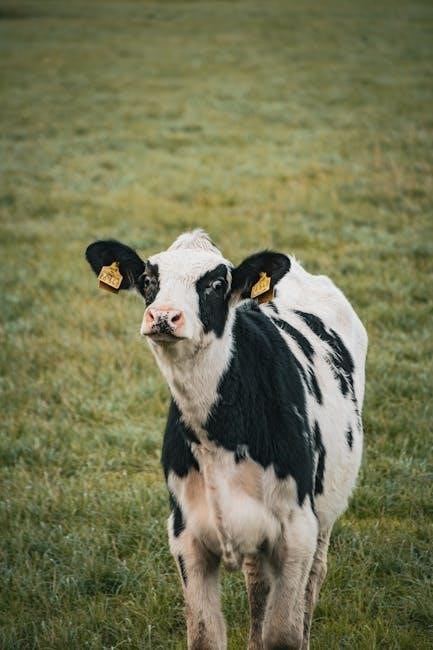
8.1 Stretches for Runners
Runners benefit significantly from targeted calf stretches to improve flexibility and reduce injury risk. The standing calf stretch is ideal, as it targets the gastrocnemius and soleus muscles, enhancing ankle mobility. Seated calf stretches are also effective, focusing on the soleus, which is crucial for endurance. Dynamic stretches, such as calf raises and Achilles tendon stretches, are perfect for pre-run warm-ups. Incorporating these stretches 2-3 times weekly can prevent tightness and enhance performance. Consistency is key to maintaining muscle elasticity and supporting long-distance runs. Proper technique ensures maximum benefit and minimizes injury risk, making calf stretches a cornerstone of a runner’s routine.
8.2 Stretches for Cyclists
Cyclists can greatly benefit from calf stretches to enhance pedaling efficiency and reduce muscle fatigue. The gastrocnemius and soleus muscles are heavily engaged during cycling, making them prone to tightness. Dynamic calf stretches, such as ankle circles and toe raises, are excellent for pre-ride warm-ups. Seated calf stretches are also effective for post-ride recovery, helping to relieve tension. Incorporating foam rolling or self-myofascial release can further improve muscle elasticity. Regular calf stretching can prevent cramping and improve overall cycling performance. Consistency is key to maintaining flexibility and ensuring optimal power transfer during rides. These stretches are essential for cyclists to maintain peak condition and avoid discomfort during long rides.
8.3 Stretches for Gym Workouts
For gym workouts, incorporating calf stretches can enhance strength training and improve overall lower leg mobility. Standing calf stretches are ideal for post-workout recovery, targeting both the gastrocnemius and soleus muscles. Seated calf stretches, using a bench or step, can be done between sets to maintain flexibility. Dynamic calf stretches, such as calf raises with weights, are excellent for warming up before leg day. Using resistance bands or calf machines can also deepen the stretch. Regular calf stretching can improve performance in exercises like squats, lunges, and leg presses. Consistency helps prevent tightness and ensures optimal muscle function during and after workouts. These stretches are a valuable addition to any gym routine.
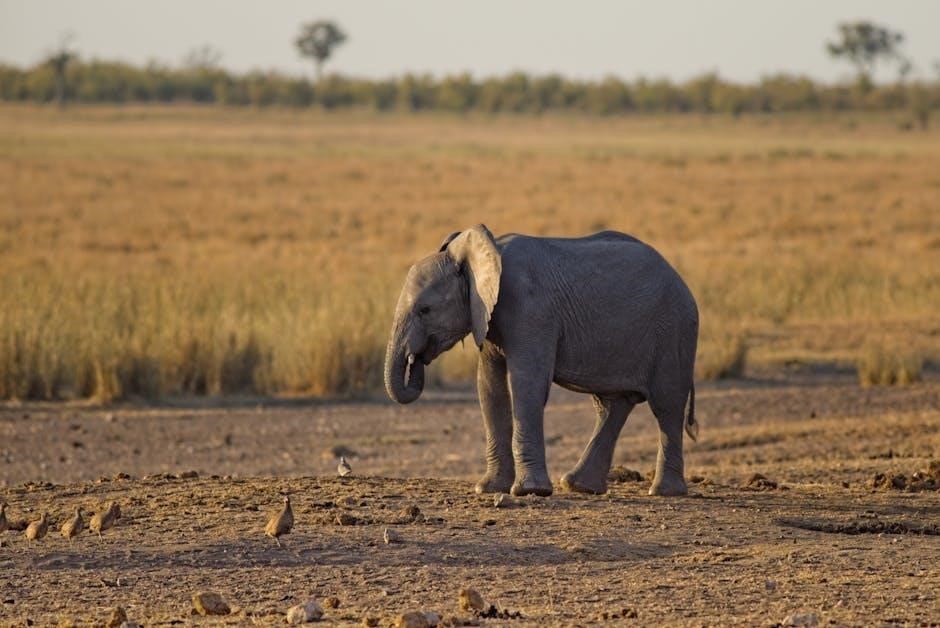
Incorporating Calf Stretches into Your Workout
Incorporate calf stretches into your workout by performing dynamic stretches before exercises and static stretches post-workout. This improves flexibility, enhances performance, and reduces injury risk.
9.1 Pre-Workout Stretches
Pre-workout calf stretches are essential for preparing your muscles for physical activity. Begin with dynamic stretches like calf raises or leg swings to improve circulation and flexibility. These movements help activate the calf muscles, reducing the risk of injury and enhancing performance. Static stretches, such as standing or seated calf stretches, can also be incorporated but should be held for shorter durations to avoid muscle fatigue. Consistency is key; perform these stretches regularly to maintain muscle elasticity and prevent tightness. Proper technique ensures maximum benefit, so focus on controlled movements and avoid bouncing. Incorporate these stretches into your warm-up routine for optimal results. Aim to stretch for 5-10 minutes before starting your workout. This routine will help you prepare effectively and reduce muscle soreness post-exercise.
9.2 Post-Workout Stretches
Post-workout calf stretches are crucial for muscle recovery and reducing soreness. Static stretches, such as seated or standing calf stretches, are particularly effective after exercise. These stretches help lengthen the muscle fibers, improving flexibility and relieving tension built up during activity. When performing post-workout stretches, hold each stretch for 20-30 seconds and avoid bouncing to prevent muscle strain. Deep breathing can enhance relaxation and effectiveness. Incorporating these stretches into your cool-down routine aids in muscle recovery and prepares your calves for future workouts. Consistency is key to maintaining muscle health and preventing injury.
Role of Calf Stretches in Injury Recovery
Calf stretches promote blood flow, reduce scar tissue, and restore range of motion during injury recovery. Gentle techniques aid healing, strengthen muscles, and prevent future injuries effectively.
10.1 Rehabilitation After Injury
Calf stretches play a vital role in rehabilitation after injuries, promoting blood flow and reducing scar tissue. Gentle stretching helps restore flexibility and strength, essential for recovery. Controlled movements prevent further strain, aiding in the repair of damaged tissues. By targeting the gastrocnemius and soleus, stretches enhance mobility and reduce stiffness. Incorporating stretches like standing calf stretches or seated calf stretches can accelerate the healing process. Consistency is key to regaining full range of motion and preventing long-term limitations. Proper technique ensures safety, while gradual progression strengthens the muscles, preparing them for normal activities. Rehabilitation through calf stretches supports overall recovery, helping individuals return to their active lifestyles effectively.
10.2 Preventing Future Injuries
Calf stretches are essential for preventing future injuries by improving flexibility and reducing muscle tightness. Regular stretching helps strengthen the muscles and tendons, making them more resilient to strain. Incorporating calf stretches into daily routines, especially before and after physical activity, minimizes the risk of pulls or tears. Proper warm-ups and cool-downs, including dynamic and static stretches, ensure muscles are prepared for exertion. Strengthening exercises, such as calf raises, complement stretching by building muscle endurance. Additionally, maintaining proper posture and footwear can reduce stress on the calves. Consistency in a stretching regimen helps prevent imbalances and promotes long-term muscle health, keeping the calves strong and injury-free.
Calf stretches are a vital component of maintaining healthy, flexible, and injury-free muscles. Regular practice enhances mobility, reduces muscle tightness, and improves overall athletic performance. By incorporating various stretching techniques into daily routines, individuals can prevent injuries and promote long-term muscle health. Consistency is key, as even a few minutes of stretching each day can lead to significant benefits. Whether for sports, rehabilitation, or general well-being, calf stretches are a simple yet effective way to maintain strong, resilient muscles. Embrace the habit of stretching to ensure your calves remain healthy and support your active lifestyle for years to come.